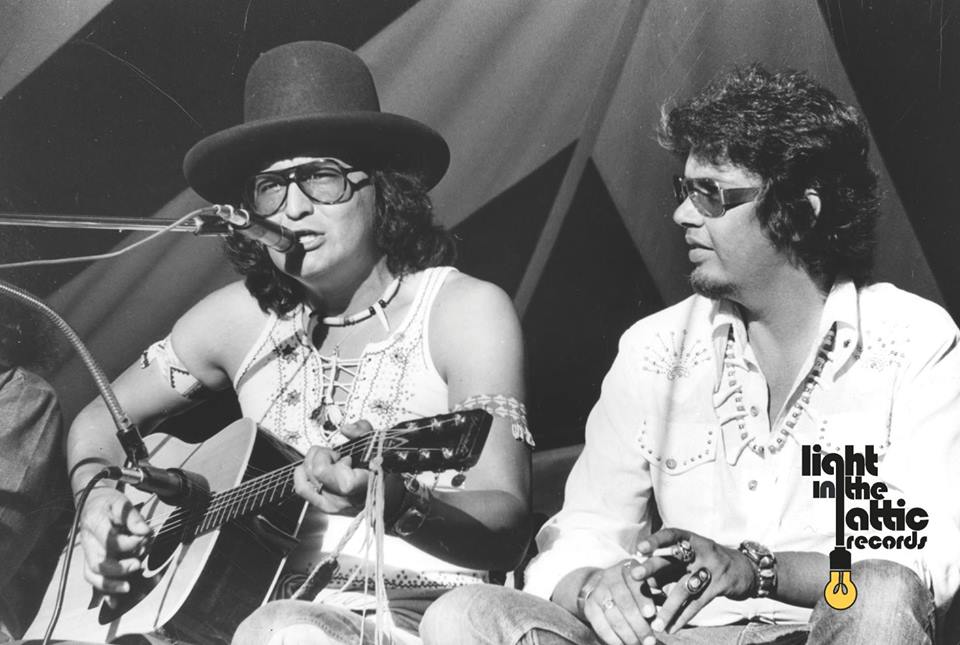Events
Exploring the Fusion: Crash Games as Art in a Contemporary Gallery
Picture this: a gallery pulsating with the energy of F777 Fighter, the cosmic allure of Space XY, and the adrenaline rush of Need for X. Can crash games be more than just pixels on a screen? Can they transcend the digital realm and materialize as captivating art installations in a contemporary gallery space? Let’s dive into the exciting realm of possibilities.
Crash games, with their dynamic visuals and interactive nature, possess the potential to become immersive art experiences. Imagine F777 Fighter translated into a kinetic sculpture, where the crashes manifest as explosive bursts of color and sound, echoing the intensity of the digital game.
Space XY, with its cosmic theme, could transform a gallery into an otherworldly environment. Picture visitors navigating through a celestial landscape, interacting with installations that mirror the unpredictability of the crash game, creating an unforgettable sensory experience.
Need for X, known for its high-speed thrills, might find its material form as a multi-dimensional installation. Visitors could step into a space where the speed and crashes are tangible, blurring the lines between virtual and physical realities.
- Interactive Exhibits: Allow gallery-goers to engage with the crash game experience physically, triggering crashes and exploring the consequences in real-time.
- Visual Spectacle: Harness the vivid graphics and themes of these games to create visually stunning installations that captivate and challenge perceptions.
- Soundscapes: Consider incorporating dynamic sound elements that respond to the crashes, enhancing the immersive quality of the installations.
In the fusion of crash games and contemporary art, the possibilities are as boundless as the digital landscapes they draw inspiration from. The challenge lies in translating the essence of these games into tangible, material forms that captivate and resonate with gallery visitors. Could crash games be the next frontier in pushing the boundaries of what we perceive as art? The journey into this uncharted territory is as thrilling as the crash itself.
Event Information:
-
Fri28Nov2014
NATIVE NORTH AMERICA (Vol 1) LP RELEASE + SCREENING OF 'THE BALLAD OF CROWFOOT'
8:00 pmDouble Double Land, Toronto, CanadaAn event/gathering to celebrate the release of Light in the Attic Records’ Native North America (Vol. 1): Aboriginal Folk, Rock, and Country 1966-1985 compilation (2-CD/3-LP) featuring live poetry from Duke Redbird, listening session, and a 16mm screening of Willie Dunn’s 1968 short film, The Ballad of Crowfoot (NFB). (Spectacular Optical's Kier-La Janisse will be testing her rusty 16mm skillz as the projectionist!)
Friday, November 28, 2014
8-10 pm
DOUBLE DOUBLE LAND
209 Augusta Avenue (alley entrance, first door on your right)
Toronto, Ontario
Admission by donation if able (suggested amount $5-10, but open to all regardless, funds raised will go towards Duke's performance)
Largely unheard, criminally undocumented, but at their core, utterly revolutionary, the recordings of the diverse North American Aboriginal community will finally take their rightful place in our collective history in the form of Native North America (Vol. 1): Aboriginal Folk, Rock, and Country 1966–1985. An anthology of music that was once near-extinct and off-the-grid is now available for all to hear, in what is, without a doubt, Light In The Attic’s most ambitious and historically significant project in the label’s 12-year journey.
Native North America (Vol. 1) features music from the Indigenous peoples of Canada and the northern United States, recorded in the turbulent decades between 1966 to 1985. It represents the fusion of shifting global popular culture and a reawakening of Aboriginal spirituality and expression. The majority of this material has been widely unavailable for decades, hindered by lack of distribution or industry support and by limited mass media coverage, until now. You’ll hear Arctic garage rock from the Nunavik region of northern Quebec, melancholy Yup’ik folk from Alaska, and hushed country blues from the Wagmatcook First Nation reserve in Nova Scotia. You’ll hear echoes of Neil Young, Velvet Underground, Leonard Cohen, Creedence Clearwater Revival, Johnny Cash, and more among the songs, but injected with Native consciousness, storytelling, poetry, history, and ceremony.
The stories behind the music presented on Native North America (Vol. 1) range from standard rock-and-roll dreams to transcendental epiphanies. They have been collected with love and respect by Vancouver-based record archaeologist and curator Kevin “Sipreano” Howes in a 15-year quest to unearth the history that falls between the notes of this unique music. Tirelessly, Howes scoured obscure, remote areas for the original vinyl recordings and the artists who made them, going so far as to send messages in Inuktitut over community radio airwaves in hopes that these lost cultural heroes would resurface.
With cooperation and guidance from the artists, producers, family members, and behind the scenes players, Native North America (Vol. 1) sheds real light on the painful struggles and deep traditions of the greater Indigenous community and the significance of its music. The songs speak of joy and spirituality, but also tell of real tragedy and strife, like that of Algonquin/Mohawk artist Willy Mitchell, whose music career was sparked by a bullet to the head from the gun of a trigger-happy police officer, or those of Inuk singer-songwriter Willie Thrasher, who was robbed of his family and traditional Inuit culture by the residential school system.
Considering the financially motivated destruction of our environment, the conservative political landscape, and corporate bottom-line dominance, it’s bittersweet to report that the revolutionary songs featured on Native North America hold as much meaning today as when they were originally recorded. Dedicated to legendary Métis singer-songwriter and poet Willie Dunn, featured on the anthology but who sadly passed away during its making, Native North America (Vol. 1) is only the beginning. A companion set featuring a crucial selection of folk, rock, and country from the United States’ Lower 48 and Mexico is currently in production.




Steve Smith commented on THE BIG BANG: The too-short career of actress JOY BANG
As I type this, I'm watching "Messiah of Evil"...
Hyacinth commented on THE BIG BANG: The too-short career of actress JOY BANG
I'd be interested in her Hollywood memoir. ...